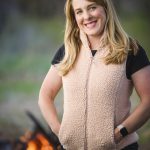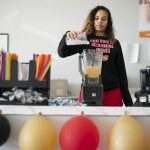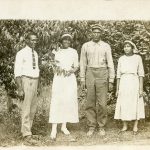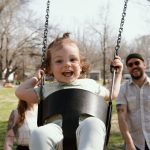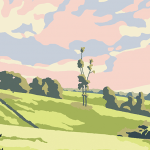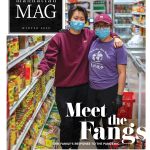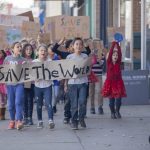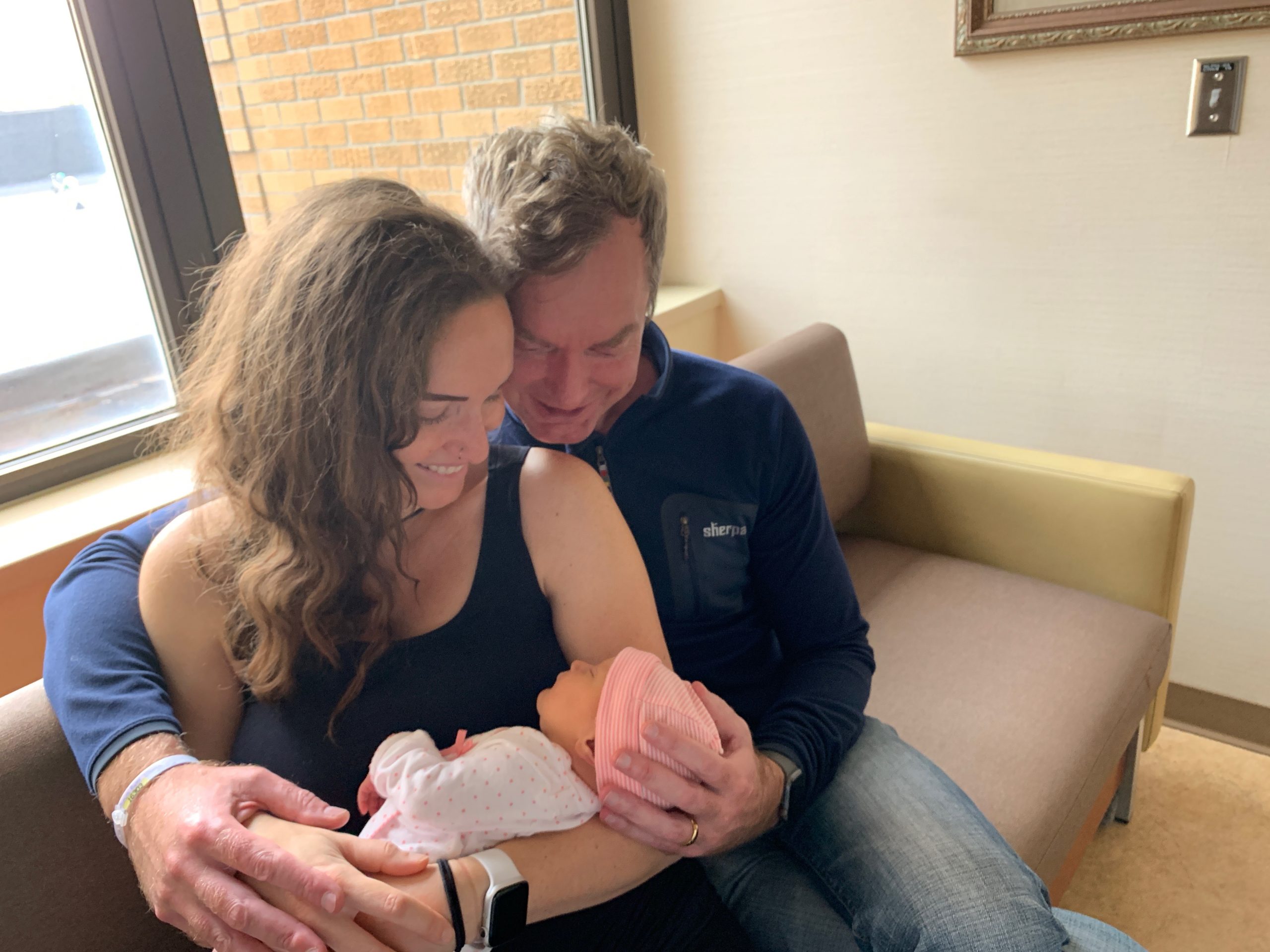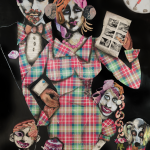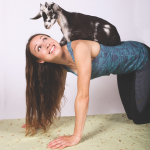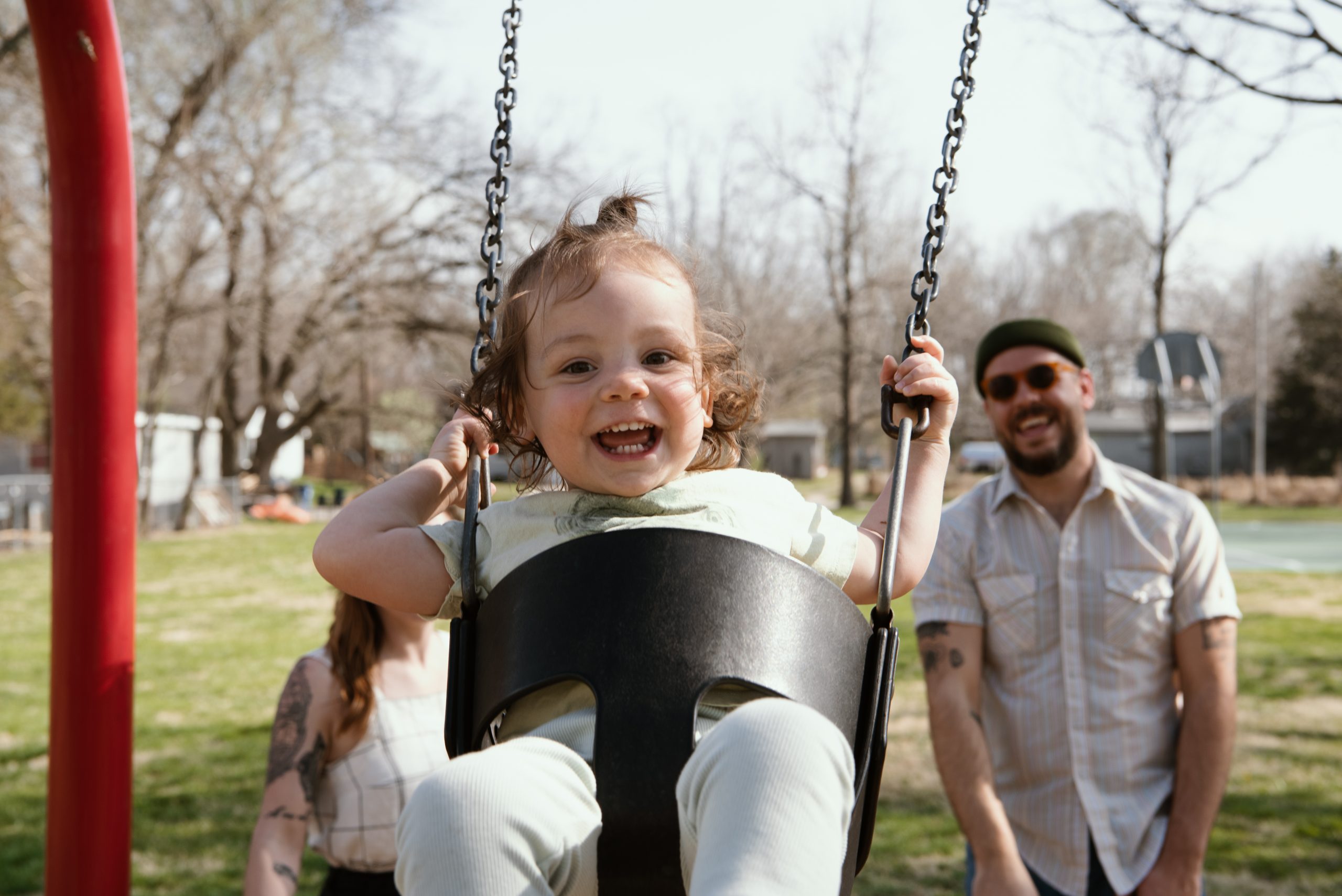
For Lawrence families with children under 5, life remains in a pandemic limbo until vaccinations are finally approved for the youngest age groups
Just over one year ago, the arrival of Covid vaccinations brought an immediate sense of relief for tens of thousands in Lawrence. But families with children under 5 were unable to fully share that joy because there was no vaccine available for the youngest among us. For 18 months after the first rollout of shots, these families have had to continue their daily routines under a different set of calculated risks.
It’s normal for young children and babies to be the last age group for any vaccine rollout. This is an established scientific protocol to protect the most vulnerable by first gathering data on older age groups, says Douglas County Health Officer Dr. Jennifer Schrimsher.
But that doesn’t make waiting any easier.
Schrimsher notes that with every surge and new variation of the virus, parents of children under 5 have reached out to doctors with valid concerns.
“They’re scared that their kid will get sick and seriously ill and potentially die. It’s not like there have not been children that have died of Covid—even young kids. So that risk is still there. It’s a lot lower than it is in, say, older people, but it’s not nonexistent,” Schrimsher adds. “We have this potential way to protect them, but not quite. And it’s hard to watch the rest of society move on [while] there’s this one little chunk that’s still unprotected.”
As of May, and after initial setbacks in nationwide testing, vaccines for children under the age of 5 are expected to be available in June, but with at least a two-injection series and a required interval between the shots.
As three Lawrence families entered what they hoped to be the last weeks of the pre-vaccination period for their children under 5, they spoke with us about the anxieties, decisions, isolation and strengthened focus on their immediate family that have come with raising children during this dangerous time.
Emily and Craig Farley
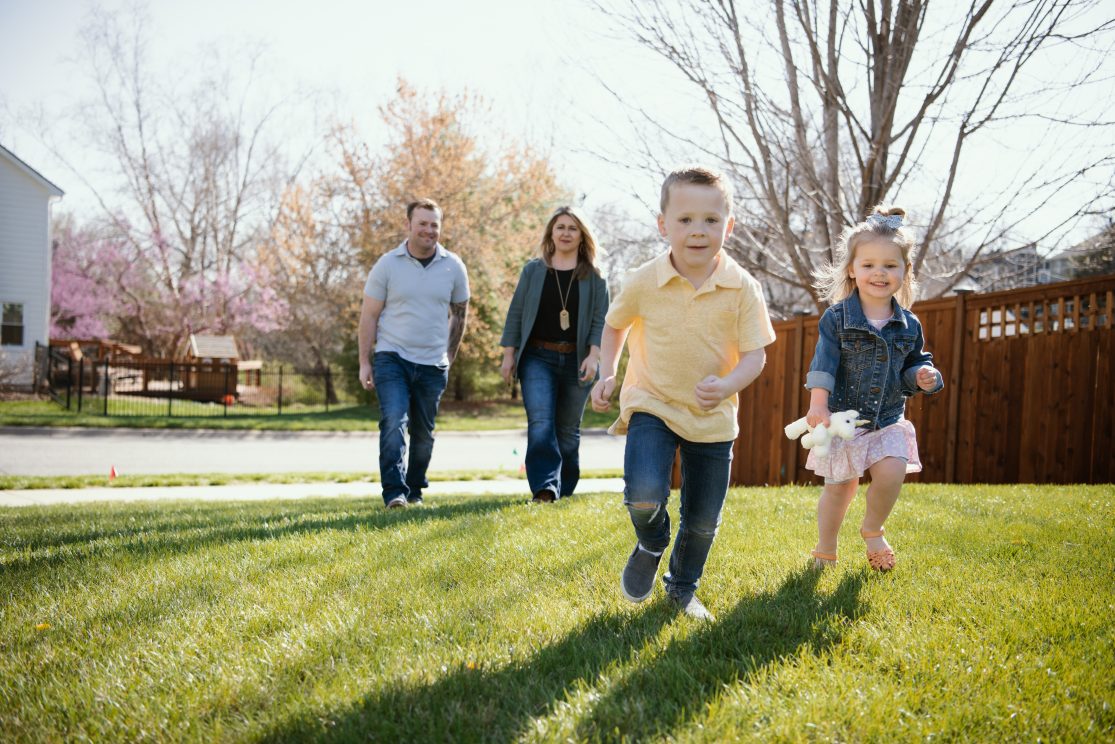
After a first child, parents sometimes feel more prepared to take on a second. But for Emily and Craig Farley, the pandemic complicated that notion.
With their first child, Rye, they didn’t worry too much about sickness. “Oh, he just has a cold,” they would think. Or, “he’s teething and that’s why he has a fever.”But once they had to take Covid into account, Emily and Craig had a different perspective of sickness with their second child, Adalyn, who is 2. The threat of the virus places an extra weight on every fever and brings extra guilt with every cough.
“If we go to an event and then next thing you know, she has a fever or a cough, I literally sit there and think, ‘Why did we do it?’” Emily says. “I’m constantly contemplating what we should do, what we shouldn’t do, and then feeling guilty about it.”
These worries are particularly strong at night if Emily and Craig hear their 2-year-old’s cough from the bedroom across the hall.
“You don’t even say anything. You just look at each other like, ‘I hope that’s just one cough. I hope she has something in her throat or she needs some water,’” Emily explains. “And obviously you know we are going to make mistakes in life, but this one is more of a life-and-death situation of a mistake.”
The beginning of the pandemic was especially stressful for Craig, who is a paramedic and a firefighter. He regularly would come into contact with positive cases of Covid-19. In the process of saving other people’s lives, he felt like he was putting his own family in danger.
“I wasn’t really sure if I should go home,” Craig recalls. “I didn’t want to expose my family to something.”
Since the beginning of the pandemic, Emily and Craig have tried to balance reasonable caution with joy. Emily says she is grateful for the additional time with her family, which has allowed her and Craig to be around for more milestones in their children’s life. Craig says they are committed to participating in activities with their kids when possible and will “do a risk analysis on everything.” Their risk calculation for Rye, who is 5 and vaccinated, is different from that for his sister, and their willingness to get out and about ebbs and flows with the graph of active cases.
“When it’s low, we’re getting out there and we’re doing things and we’re going places,” Emily says. “And then, when it spikes back up, we’re not. We’re ordering more takeout and we’re just going to the park around the house. We’re just doing the routine—just getting by. There will be events that we won’t take part in—I’d rather miss an event than have something happen to the children.”
Danny and Ryan Bowersox
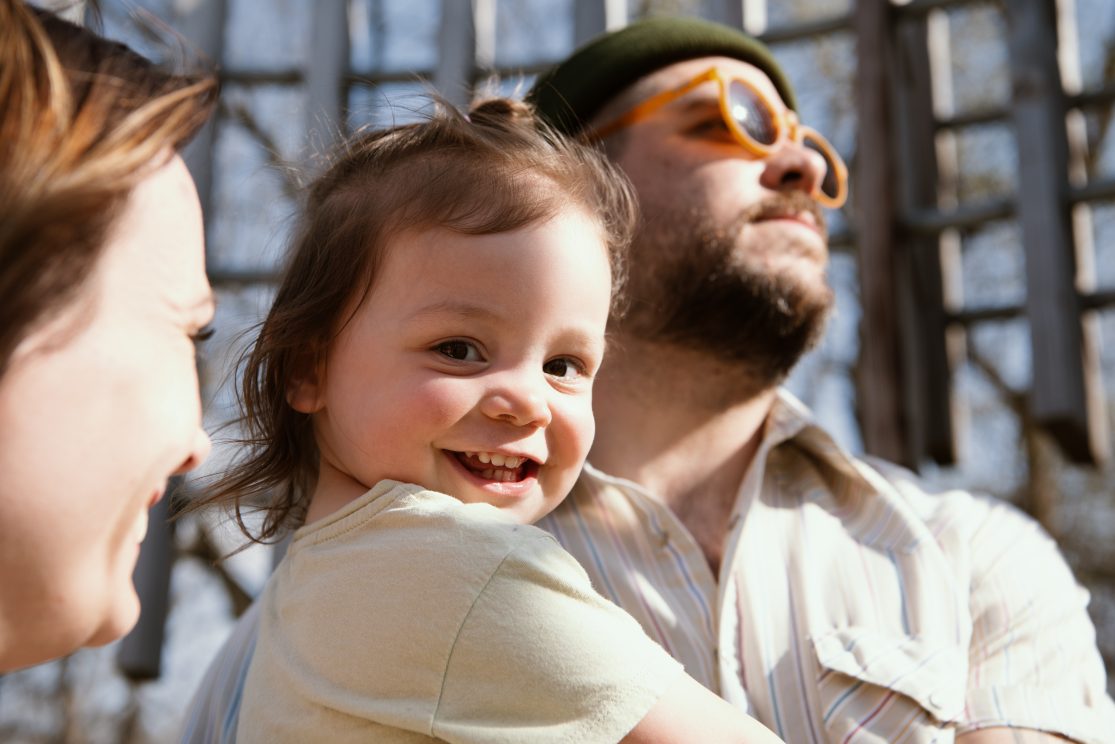
First-time parents Danny and Ryan Bowersox anticipated almost every scenario that could happen during pregnancy—except, of course, a pandemic. Ryan gave birth to daughter Maya in July of 2020, just four months after the pandemic upended our lives. The second half of Ryan’s pregnancy was marked by absence: Her mom didn’t get to see her belly. There was no baby shower. The pregnancy class with the doula was virtual. And there was even a time when Ryan didn’t have a doctor’s appointment for ten weeks, an interval Ryan says would have been “unheard of” in normal conditions.
But Ryan and Danny persisted. Finding themselves spending all their time together in their house, they “vibed it out” by avoiding the news, keeping stress levels low and focusing on keeping their minds and bodies healthy.
Those months in the first part of parenthood, the couple agreed, were good—a “love cloud,” even. They didn’t feel isolated because everyone else was also confined to their homes. Two years later, however, the couple is now struggling much more with loneliness and anxiety. While the world around them loosens up and restarts life, Ryan and Danny feel left behind.
“I think there’s another gear that a lot of people are in that we’re not in yet—because we want to keep Maya safe,” Danny says. “Logically, do I think if she gets it, is she going to be OK? Probably. But you just don’t know.”
Because Maya is too young for a vaccine, Ryan and Danny have kept up their precautions. They default to wearing masks, keep their social circle small, and only recently started eating out at restaurants. Just because the school district and the health department changed their guidelines doesn’t mean the couple changed theirs, Ryan says. But Ryan and Danny have to balance their precautions about Maya’s health with their growing concerns about Maya’s social exposure.
“Beyond safety, what’s creeping in for us is she’s a toddler now and needs to be entertained more,” Danny notes. “And not only entertained but enriched by life and the world.”
It’s hard for the couple to see a light at the end of the tunnel, because every time things start to seem better, they hit another valley. It’s fatiguing, Ryan explains.
“When it comes to Covid, the worst has happened a couple times. You know, you try to get up from the seat and it’s like ‘Delta!’ and then you try to get up from the seat and it’s like ‘Winter!’ and you try to get up from your seat and it’s like ‘you need a fourth vaccine!’” Ryan says.
Maya’s life is not, as the couple hoped, an idyllic combination of the best parts of their childhoods. “The world we want to create for her has not and cannot come to fruition yet,” Danny says.
But as for their child?
“Maya’s perfect,” Danny notes.
Story by Lauren Fox | Photography by Jason Dailey
This story appears in the summer 2022 edition of Lawrence Magazine | Copyright 2022 Sunflower Publishing/Lawrence Magazine.










